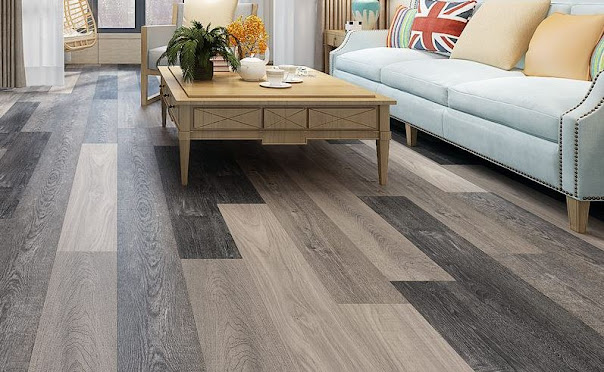What Are The Types Of Vinyl Flooring That Is A Cost-Effective Option For Homeowners?
Vinyl Flooring is a popular choice for homeowners who want to save money while still getting the look they love. There are many different types of vinyl flooring, and all of them offer a variety of features that make them perfect for any room in your home.
Options Available
The best type of vinyl for you will depend on the look you’re going for and what kind of maintenance you want to do. You’ll need to consider things like color, pattern and thickness of the vinyl planks and how much traffic they will get in your home.
LVP: Luxury Vinyl Flooring come in rigid, stick-on pieces with a durable coating on them. They’re very strong and are great for high-traffic areas, but they can be a bit pricey. Peel-and-stick vinyl planks are also an option, and they’re very easy to install – just peel off the backing and press the panels into place.
WPC: Wood-plastic composite vinyl planks are a little thinner and more flexible than their rigid counterparts, but they’re also more durable. They can be installed over most subfloors, including concrete and tile.
High Traffic Areas To Keep Them From Shifting Around
SPC: Stone-plastic composite vinyl planks are mainly used in basements and bathrooms, and are resistant to moisture, heat and steam. They’re also easy to clean and are a good choice for rooms with young children or pets.
Sheet: Vinyl Flooring Dubai floors are a popular option for people who want to have a floor that’s completely waterproof. They’re available in many different colors, shapes and patterns and can mimic the look of a variety of natural materials.
Printed: Vinyl flooring that has a printed design on it can give you more options than just solid vinyl, and the quality of the print layer can also make a difference in how long the flooring lasts. Printed vinyl is usually made with skeuomorphic patterns that imitate the look of wood, tile or stone. Some sheet products feature non-skeuomorphic designs, such as sand, water and nebula images.
Must Be Level & Smooth Before Laying The Vinyl Flooring
Loose Lay: One of the more popular types of vinyl plank, loose lay vinyl has a back that grips the base of the subfloor, so it won’t move around. It’s a good option for a basement or a mudroom, but it can be challenging to install in high-traffic areas. You may have to use glue or double-sided carpet tape to keep the planks from shifting.
Comfort: Most vinyl planks are soft to the touch, and they come with a protective underlayment that makes them comfortable for walking on. Some even feature a special anti-slip backing to help reduce the risk of falls.
Warranty: Most vinyl flooring comes with a warranty that covers routine wear and tear. This warranty will be independent of any labor warranties from a professional contractor, and it will typically cover ten to 15 years.
Conclusion:
Installation: While some vinyl flooring can be installed by anyone with a little DIY experience, it’s best to leave this project to the professionals so that you don’t end up with damaged floors or putting them out of warranty. It’s also important to ensure that your subfloor is smooth and level before you begin laying the vinyl flooring.
.jpg)



Comments
Post a Comment